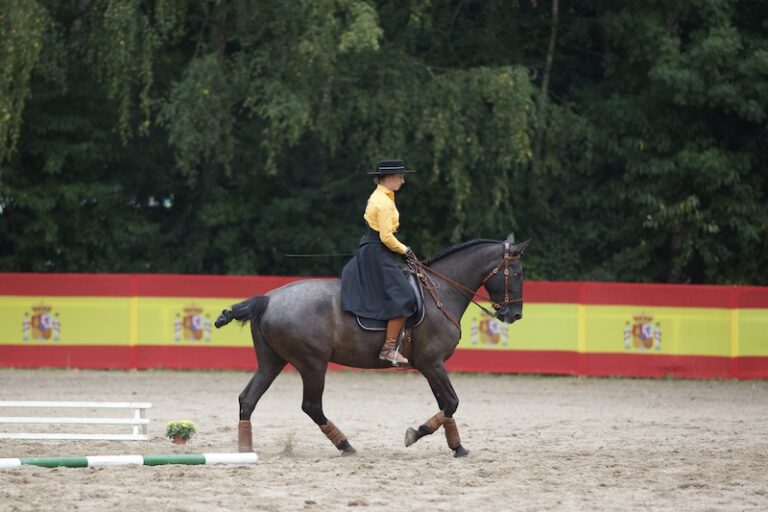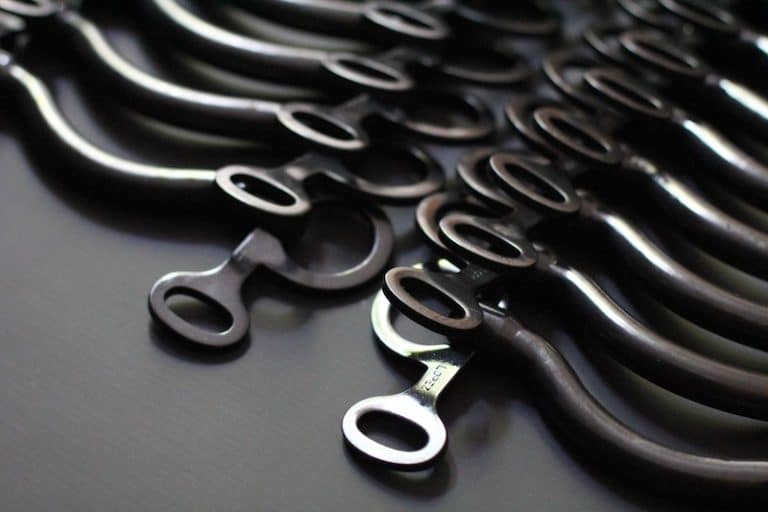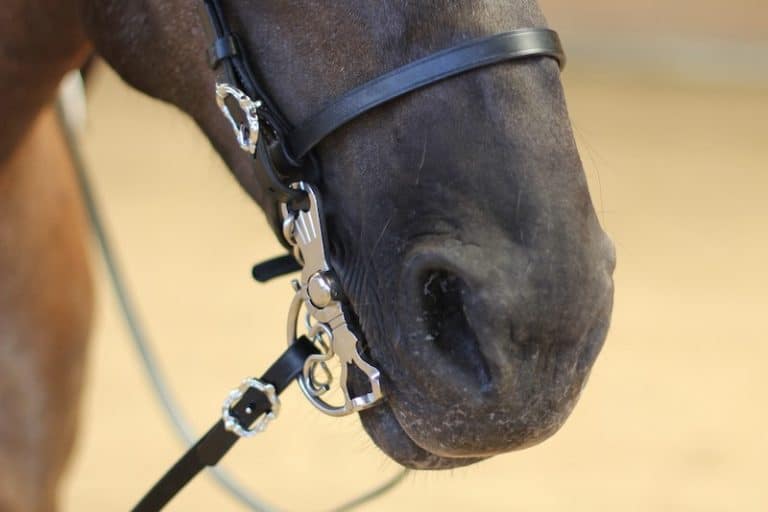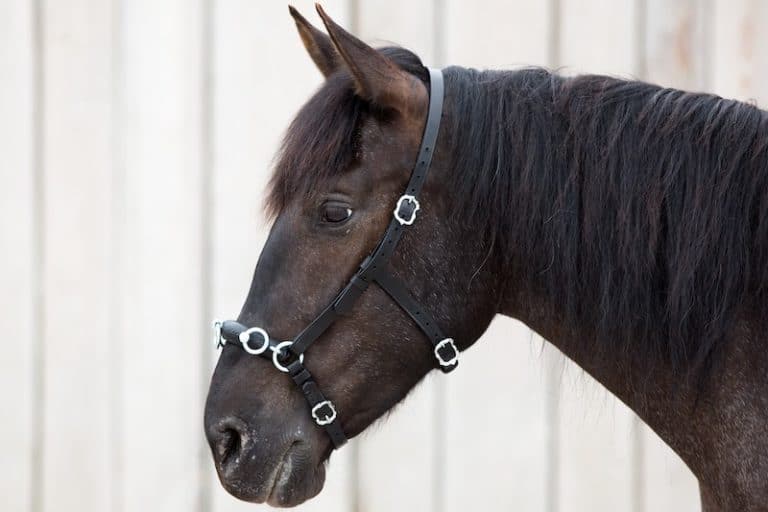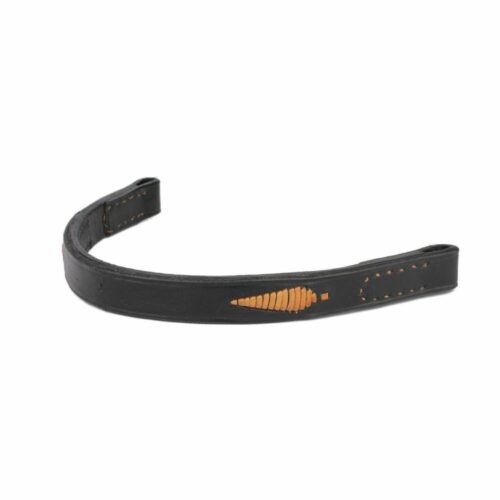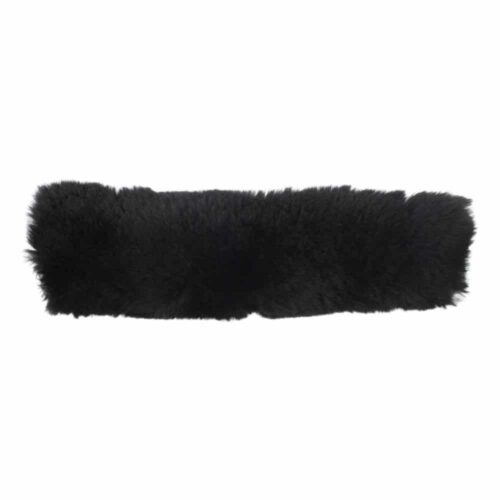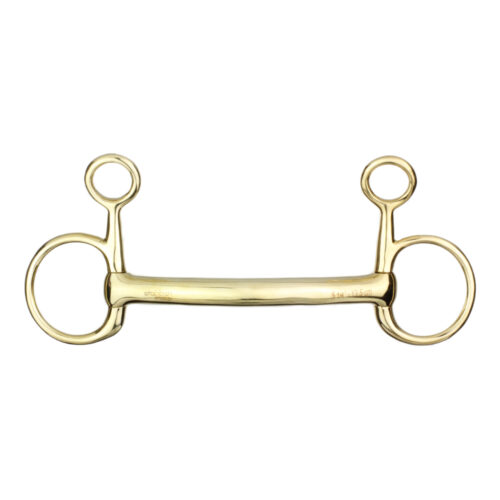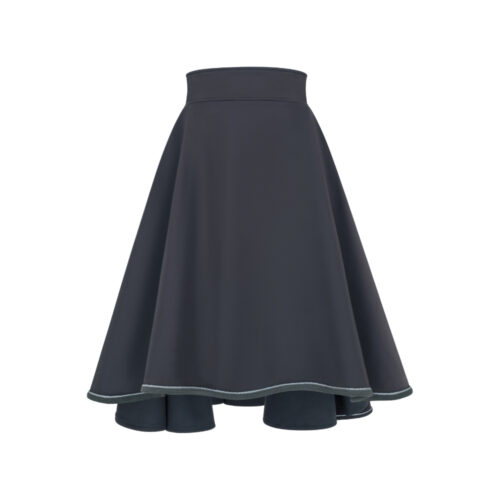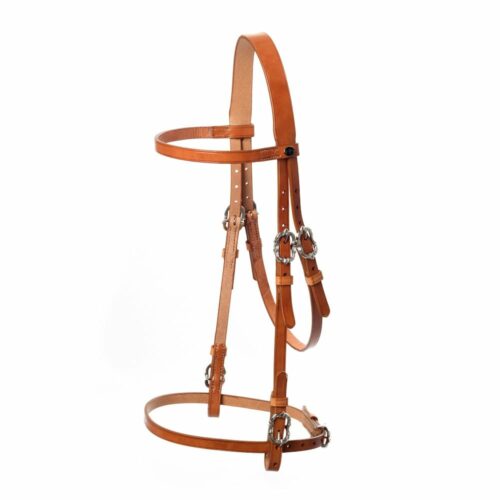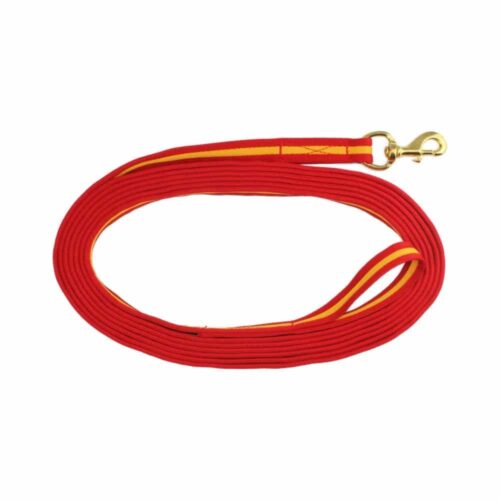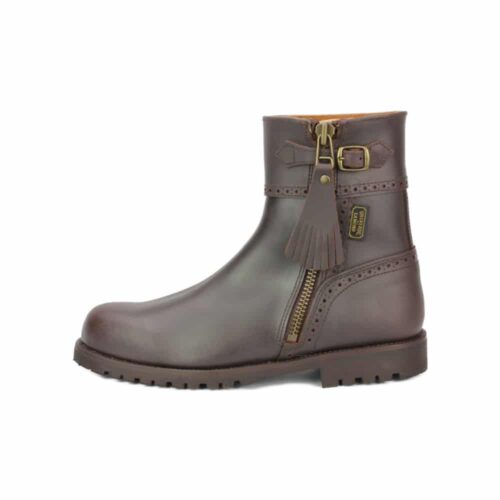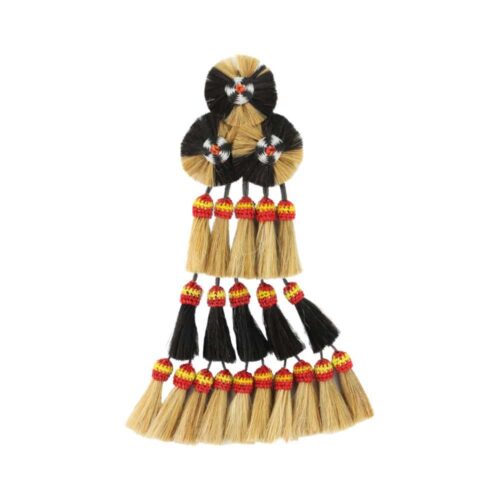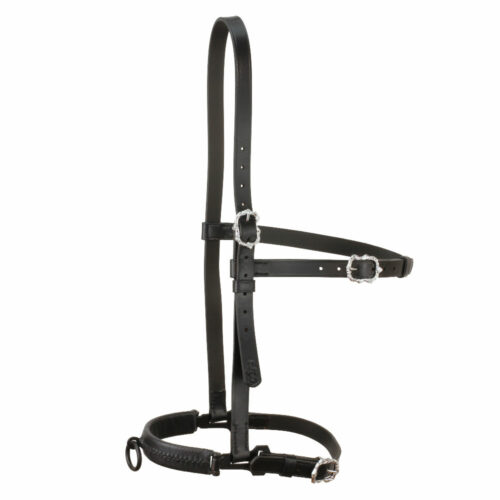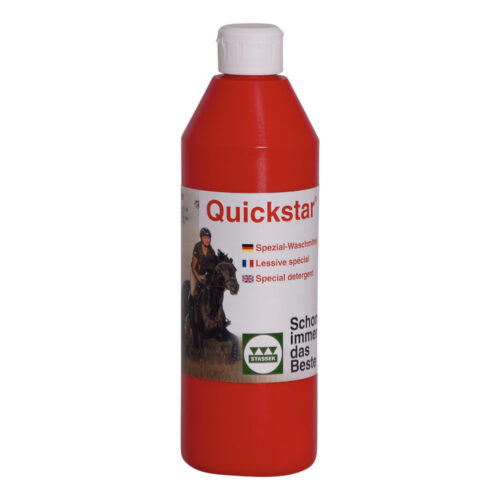Find out more about the newsletter and the voucher conditions here. By registering, you agree to our privacy policy.
Classic baroque riding
The contemporary revival of courtly equestrianism

Since the Renaissance, horsemanship has been documented and cultivated as a cultural asset in European centers such as the Spanish Riding School in Vienna. Modern classical-baroque horsemanship combines the preservation of the traditions and values of this courtly horsemanship with the current state of knowledge regarding functional gymnastics, taking into account the anatomy and physiology of the horse. Since 2004 the Bundesverband für klassisch-barocke Reiterei Deutschland e.V. exists in Germany as an affiliated association of the Deutsche Reiterliche Vereinigung. This association has made it its task to revive and spread the ideas of baroque riding. Competing in tournaments is an increasing desire among baroque riders, so that the tournament scene of baroque tournaments has grown and developed in recent years.
Riding equipment for classical baroque riding is not always easy to find. There are only a few specialised shops for this in Germany. At Picadera you will find special snaffles and bits that fit particularly well.
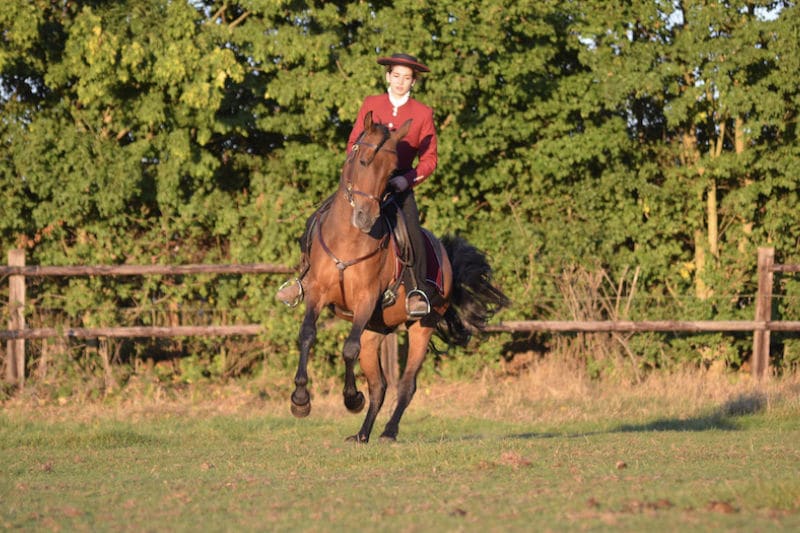
The Renaissance stands for the transition from the Middle Ages to modern times. It was characterized by efforts to revive the cultural achievements of Greek and Roman antiquity.
Special feature of the classic baroque riding styles
Compared to conventional English riding, in-hand work, side saddle riding and the schools on and above the ground enjoy a higher status. In particular, in-hand work has become increasingly popular in Germany in recent years, but also across all riding styles.
Equipment in baroque equestrianism
In the basic training of the horse are usually snaffle bits, in the form of water, Baucher- or thigh snaffles used, often in conjunction with a cavesson. If horse and rider or rider are more advanced, the combination of Curb Bit and bradoon, for further refinement of the aids, is often used.
Particularly flat leather reins without bars are suitable for in-hand work or long rein work, so that they do not get caught in the mane and can glide smoothly through the fingers to adjust the length during work.
The following items go particularly well with baroque riding styles
Tips from the Picadera community
